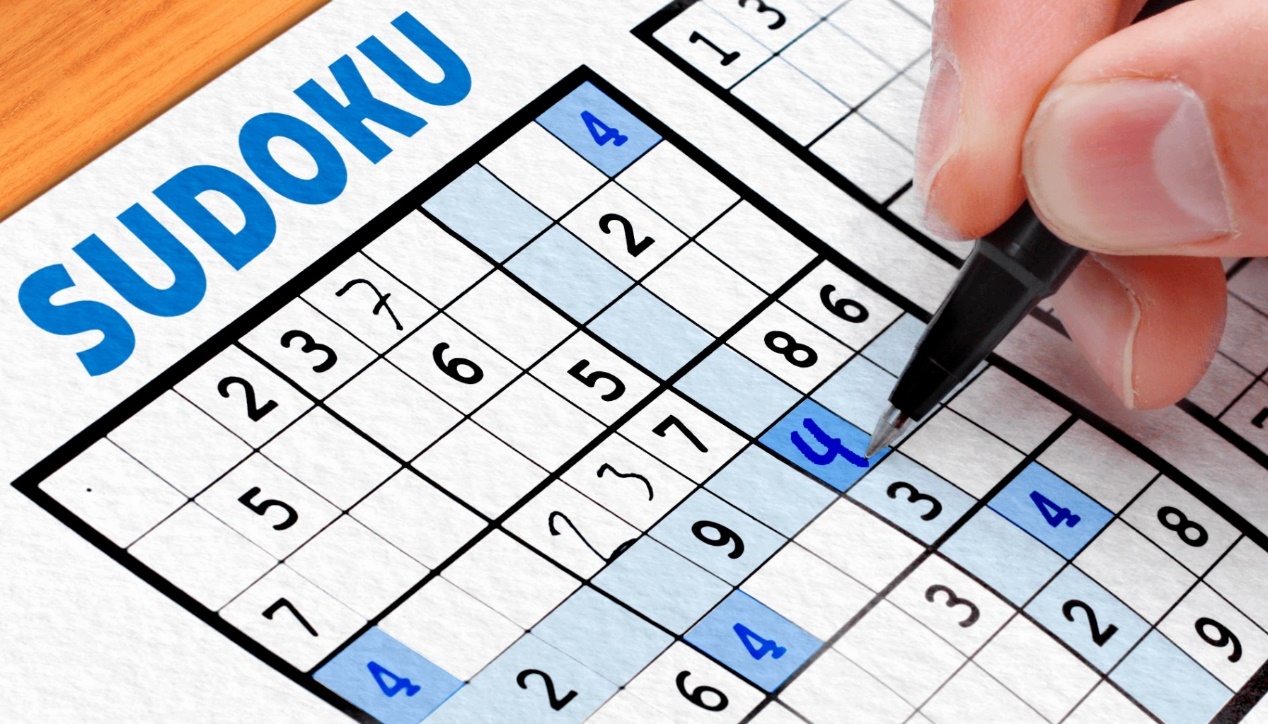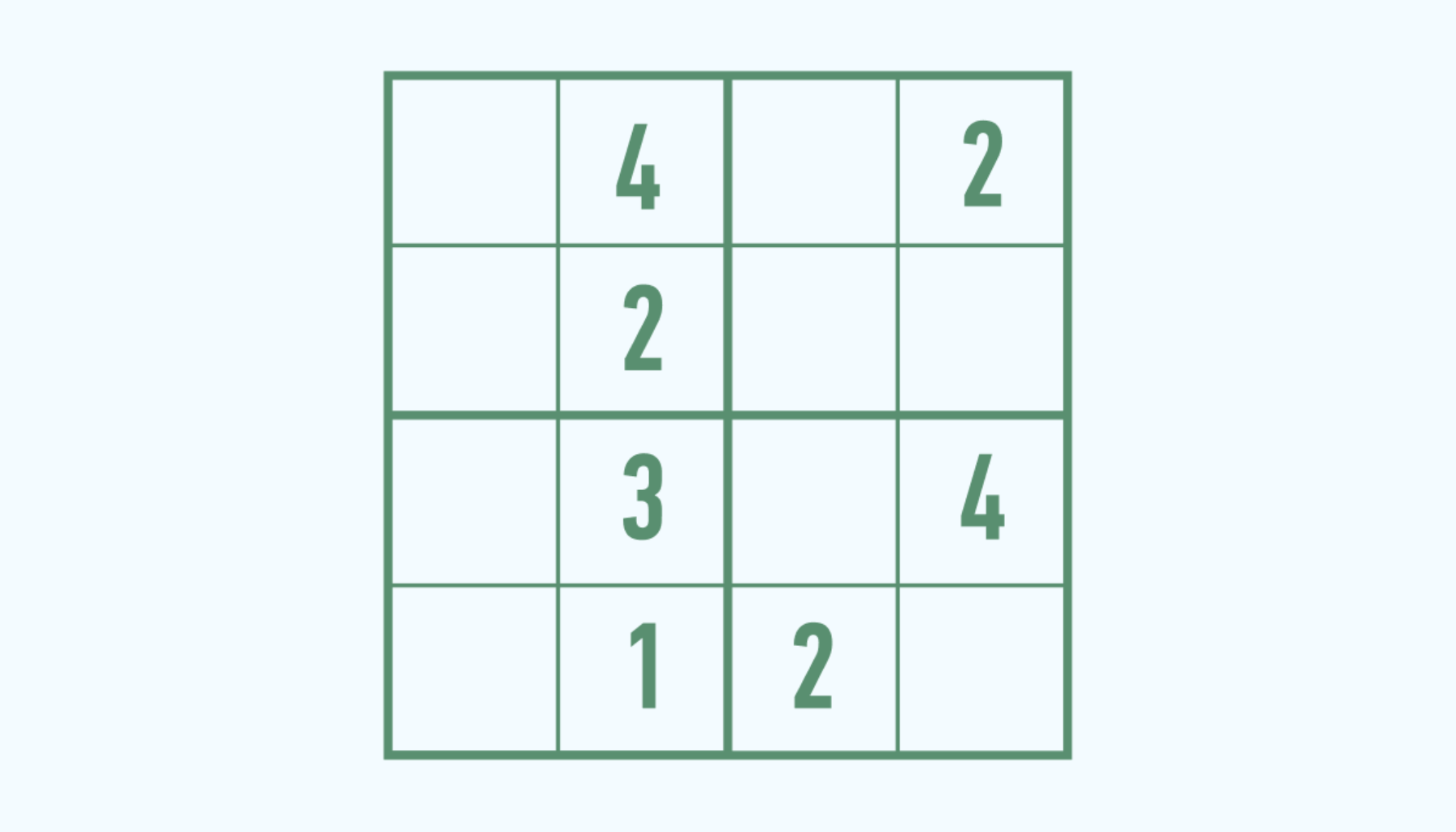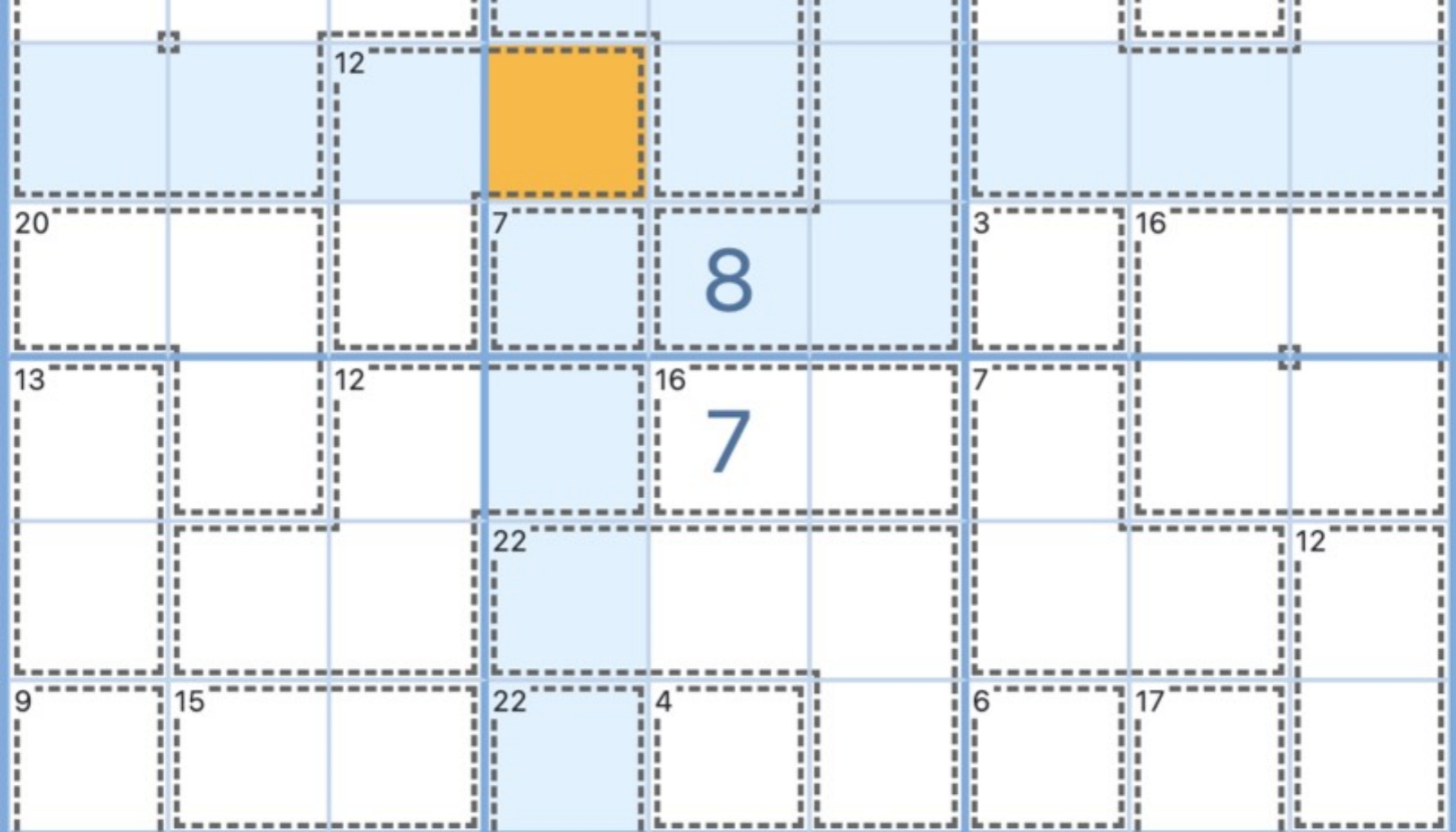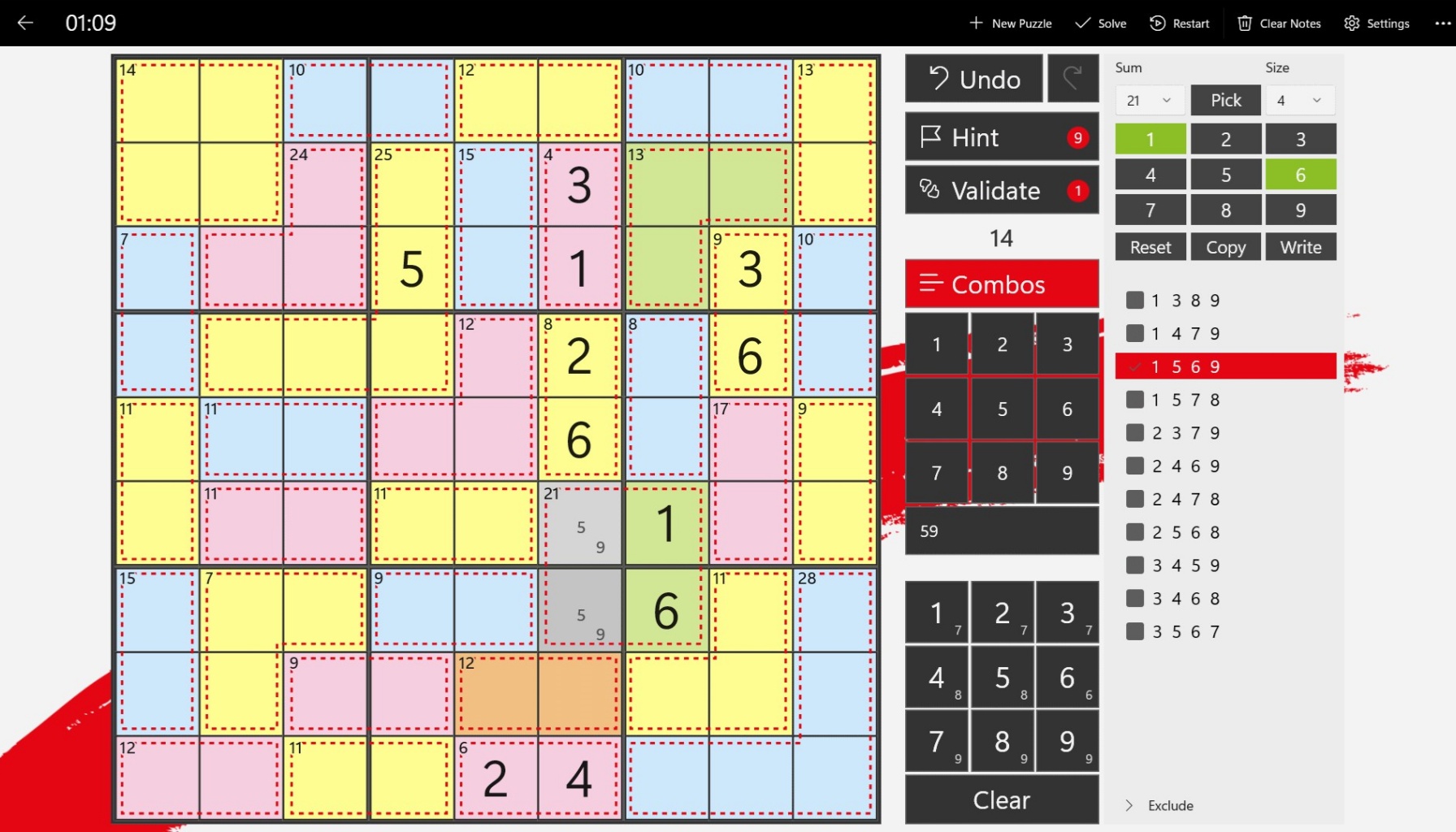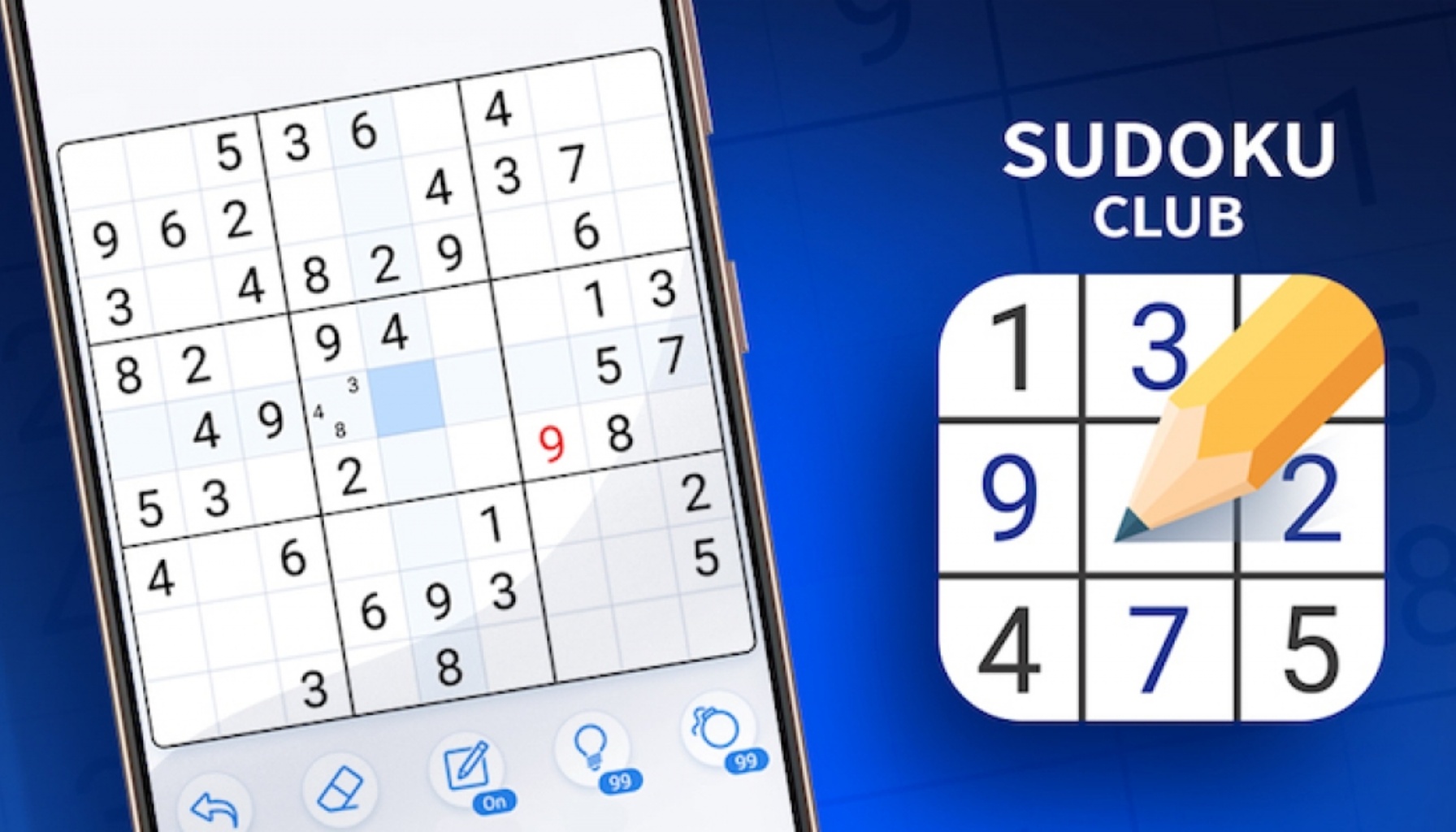Sudoku Rules Explained: A Guide for Beginners
Sudoku is a popular number puzzle game that challenges players to fill a 9×9 grid with numbers while following specific rules. The game requires logic and pattern recognition rather than arithmetic skills, making it accessible to all age groups.
Basic Rules of Sudoku
The standard Sudoku grid consists of:
- ✅ 9 rows
- ✅ 9 columns
- ✅ 9 smaller 3×3 subgrids ("boxes" or "regions")
Each Sudoku puzzle starts with some numbers pre-filled, acting as clues. The goal is to fill in the remaining empty cells while following these three fundamental rules:
- Each Row Must Contain Numbers 1-9 (No Repeats) – Each horizontal row in the grid must contain all digits from 1 to 9, without any repetition.
- Each Column Must Contain Numbers 1-9 (No Repeats) – Each vertical column must also have all digits from 1 to 9, ensuring no duplicate numbers.
- Each 3×3 Box Must Contain Numbers 1-9 (No Repeats) – The grid is divided into nine 3×3 subgrids, and each of these must contain the numbers 1 to 9, without any repetition.
Sudoku Variations
Several variations exist, adding unique challenges:
- 🔹 Mini Sudoku – Uses a smaller grid (e.g., 4×4 or 6×6) with simplified rules.
- 🔹 Diagonal Sudoku – Includes an additional rule: numbers cannot repeat in the two main diagonals.
- 🔹 Killer Sudoku – Combines Sudoku with arithmetic constraints in "cages."
- 🔹 Samurai Sudoku – A larger puzzle that overlaps multiple Sudoku grids.
Sudoku Solving Strategies for Beginners
- ✔ Scan for Missing Numbers – Identify missing numbers in each row, column, and box.
- ✔ Use the Process of Elimination – If a number can only fit in one spot, place it there.
- ✔ Look for "Naked Singles" – If only one number fits in a cell, it must be correct.
- ✔ Check for "Hidden Pairs" and "Triples" – Finding number pairs/triplets can help solve other areas.
With practice, these techniques will help you tackle more challenging Sudoku puzzles with ease!

